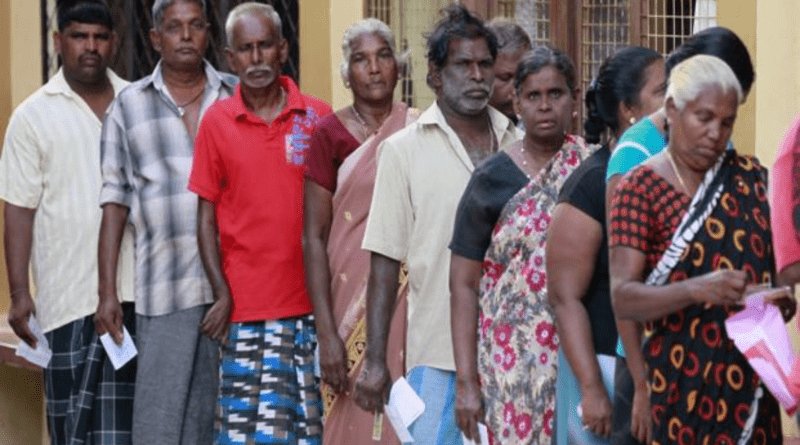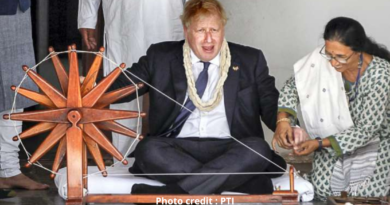You Need To Know About These Indian-origin Tamils In Sri Lanka
Two ethnic groups inhabit the island: the Sinhalese, an Indo-Aryan ethnolinguistic group that arrived in Sri Lanka in the sixth century BCE and currently comprise the majority of the country’s population, and the Tamils, who make up 2,270,924 of Sri Lanka’s total population (11.2%). The bulk of people in the Northern and Eastern Provinces are Tamils from Sri Lanka. The Tamil population in the remaining provinces of the island is a numerical minority.
There are two primary groupings among Tamil people. Almost 2.3 million people identify as “Sri Lankan Tamils,” often referred to as “Ceylon” or “Jaffna” Tamils, who are descended from Tamil-speaking communities that came from south India several centuries ago (2012 Census). There are some 840,000 “Up Country Tamils,” also referred to as “Indian” or “estate” Tamils, who are descended from relatively recent work migrants who were brought to the island by British colonists.
The majority of both Tamil groups are Hindu.
Following a meeting with the leaders of the Tamil Progressive Alliance, India’s envoy to Sri Lanka stated on Monday that India is resolutely dedicated to the welfare and comprehensive development of the Indian-origin Tamil people.
Santosh Jha, the Indian High Commissioner to Sri Lanka, stated that the agreement was made to closely collaborate on the welfare of the minority group during the meeting.
Mano Ganesan is the leader of the Tamil Progressive Alliance (TPA), which mostly represents Tamils of Indian descent living in the Western provinces.
“Tamil Progressive Alliance leaders were met by High Commissioner Santjha. Following the 1987 Indo-Sri Lankan accord, India has been putting pressure on Sri Lanka to enact the 13th Amendment. The devolution of power to the Tamil community is facilitated by the 13A.
On January 5, Sri Lankan President Ranil Wickremesinghe supported the 13th Amendment, which was suggested by India, as a way to resolve the long-standing demand for political autonomy by the Tamil minority group.
In 1987, the Indian government, headed by Prime Minister Rajiv Gandhi, directly intervened to include the 13A in Sri Lanka’s Constitution.
With a temporary unification of the North and East, which the Tamil minority claims is their ancestral homeland, it established nine provincial councils for nine provinces.
There was a lengthy history of unsuccessful attempts in Sri Lanka to give some degree of political autonomy in order to put an end to the Tamils’ allegation of discrimination.
The joint province council system that India attempted to establish in 1987 for the Tamil-dominated north and east failed because the Tamils felt it did not provide them with complete authority.
Between 2015 and 2019, Wickremesinghe attempted an unsuccessful attempt at a constitution, which was also derailed by the staunch majority of politicians in this country.
After winning their independence from Britain in 1948, the Tamils began to demand autonomy, which, in the middle of the 1970s, became a violent military conflict.




